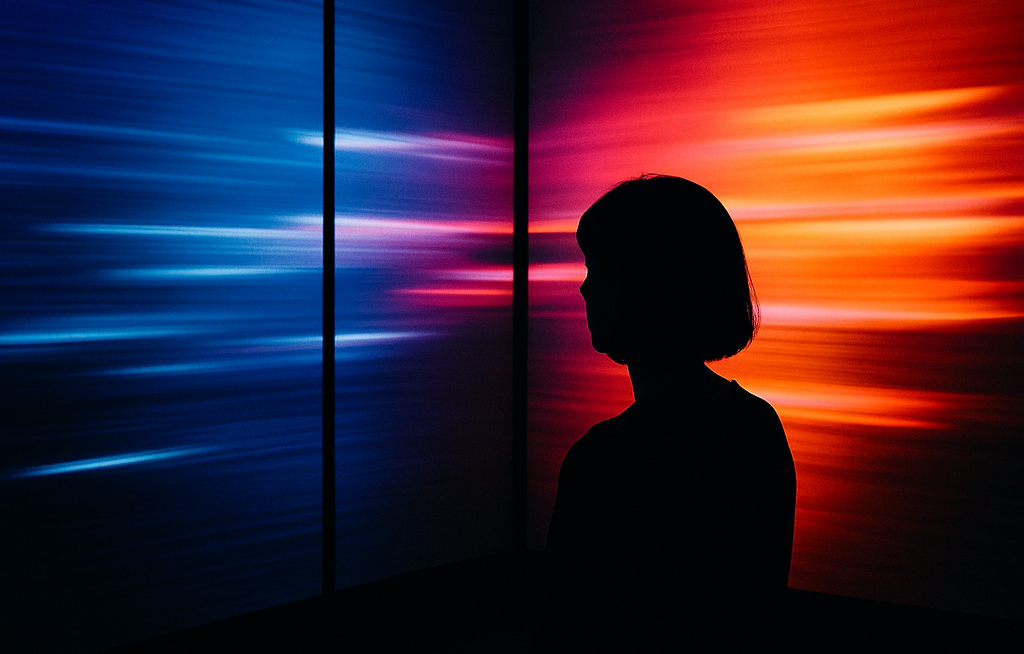In the evolving realm of contemporary art, video art stands out as one of the most transformative and intellectually engaging mediums. It goes beyond storytelling—pushing the boundaries of expression, perception, and technology. Unlike mainstream film or cinema, video art is not bound by narrative conventions or commercial intent. It is created with the freedom to explore abstract ideas, personal identity, sociopolitical issues, and philosophical themes, all through the language of moving images.
Origins of Video Art
The roots of video art trace back to the late 1960s, a time of cultural revolution and artistic rebellion. With the advent of the Sony Portapak, one of the first portable video recording devices, artists began experimenting with the medium in unconventional ways. Nam June Paik, often referred to as the “father of video art,” was among the first to explore video as an art form. His work, often blending music, performance, and visual effects, paved the way for generations of experimental media artists.
What Makes Video Art Unique?
Video art challenges the static nature of traditional visual arts like painting or sculpture. It introduces time, motion, sound, and interactivity, allowing for:
- Non-linear storytelling
- Looping or durational structures
- Multi-channel installations
- Interactive or generative environments
It can be displayed in many ways—on a single screen in a darkened gallery, projected onto urban architecture, embedded in sculptural forms, or distributed online.
Influential Artists in Video Art
- Nam June Paik – Known for his work with television sets and live video manipulations.
- Bill Viola – Creates slow-motion, emotionally intense video installations exploring themes like birth, death, and consciousness.
- Pipilotti Rist – Known for colorful, immersive works that explore the human body, gender, and nature.
- Bruce Nauman – Combines language, movement, and repetition in deeply psychological video pieces.
These artists—and many others—have used video art to challenge perceptions, evoke emotions, and make powerful cultural statements.
Forms and Techniques in Video Art
- Single-channel video – A video displayed on one monitor or screen.
- Multi-channel installations – Videos displayed across multiple screens, often creating immersive environments.
- Interactive video – Responds to the viewer’s presence or actions using sensors or interfaces.
- Live video performance – Combines live elements like music or movement with projected video.
- Generative video – Created using algorithms or AI, with visuals that change in real-time.
The Digital Evolution
In the digital age, video art has expanded into new territories:
- Virtual reality (VR) and augmented reality (AR) experiences
- Online video art platforms and streaming exhibitions
- NFT-based video art and digital collecting
- Social media and short-form experimental content
Artists today use everything from smartphones to AI-generated visuals to create work that speaks to contemporary experiences of identity, technology, and society.
Where to See Video Art
- Museums and galleries: Many major institutions have media art collections.
- Biennales and festivals: Events like the Venice Biennale, Ars Electronica, and Transmediale showcase groundbreaking video works.
- Public spaces: Projections and digital displays bring video art to urban environments.
- Online platforms: From Vimeo to virtual exhibitions, video art is more accessible than ever.
Final Thoughts
Video art invites us to see, hear, and feel art in motion. It blurs the lines between mediums, asking viewers to engage with time, rhythm, and sound as part of the artistic experience. In an age where screens dominate our daily lives, video art uses that very language to make us pause, reflect, and see the world anew.
“Video is not a tool for representation. It is a form of thinking.” — Harun Farocki
As technology continues to evolve, so too does video art—becoming more immersive, democratic, and essential to the conversation around what art can be.

Leave a Reply